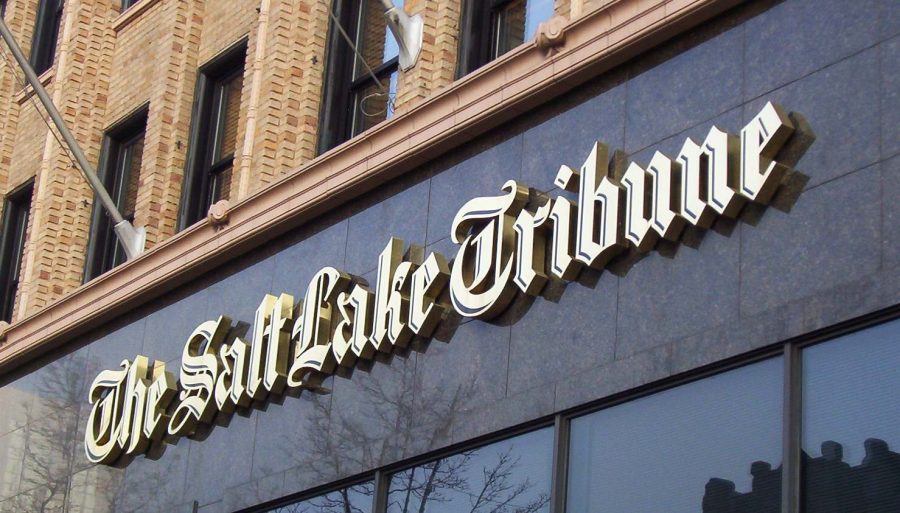
The year is 1993. Bill Clinton is president. Jurassic Park is in theaters, and Creep by Radiohead has just come out. The World Wide Web was invented in 1989, four years ago and Google won’t exist until 1998, another three years to come. To access the internet you have to use a dial-up modem, and loading each web page takes several minutes.
This is the world into which the Salt Lake Tribune’s original website was born. In the last week of 1993, the Salt Lake Tribune joined the technological movement and created their own website. At that point, no one could have predicted what the Internet has evolved into today. We’re online from the moment we wake up until we go to bed. Smartphones, tablets, desktop computers, laptops and WiFi are easily accessible and affordable. We use the Internet for everything: research, gaming, streaming videos, social media and — of course — the news.
The Internet has been a huge phenomenon — far larger than anyone could have dreamed. So, when the Tribune and many other newspapers began their online journeys, they never considered how the Internet could cost them. Because of the easily accessible and free nature of online content, more people are turning to the Internet instead of printed papers to get their daily fill of news events. According to Pew Research Center, “As of August 2017, two-thirds (67 percent) of Americans report that they get at least some of their news on social media.”
As of Thursday morning, The Salt Lake Tribune has introduced a paywall for their online content. Readers will be able to view ten free articles per month, but for full access, they must purchase a subscription for $7.99 a month.
It is understandable why introducing an online paywall was deemed a necessary move by The Tribune and many other online news sources, such as The New York Times and The Washington Post. Providing news is extremely expensive: transportation for reporters, expensive equipment, printing, distribution and other associated costs build up. When newspapers are losing readers to the Internet, they are losing subscription fees and paper ad revenue — two crucial monetary factors which keep them running.
The problem with introducing these paywalls is that they cut off news sources for underprivileged populations and people under the poverty line. To most of us, $7.99 doesn’t seem like a lot of money, but when you’re trying to decide between groceries for the next couple of days or a month-long subscription to The Salt Lake Tribune, the choice is pretty obvious.
Having access to the news is critical for the health of a democracy. Without the news, people wouldn’t know about important events, controversies, crimes or governmental affairs. Cutting off access for people who can’t afford to pay for it could be catastrophic.
It’s a tough situation. Without some way to make money, newspapers will die out. However, paywalls prevent a portion of the population from having fair access to important news and information. There’s no clear-cut solution, but denying news sources to low-income populations is not the answer.
